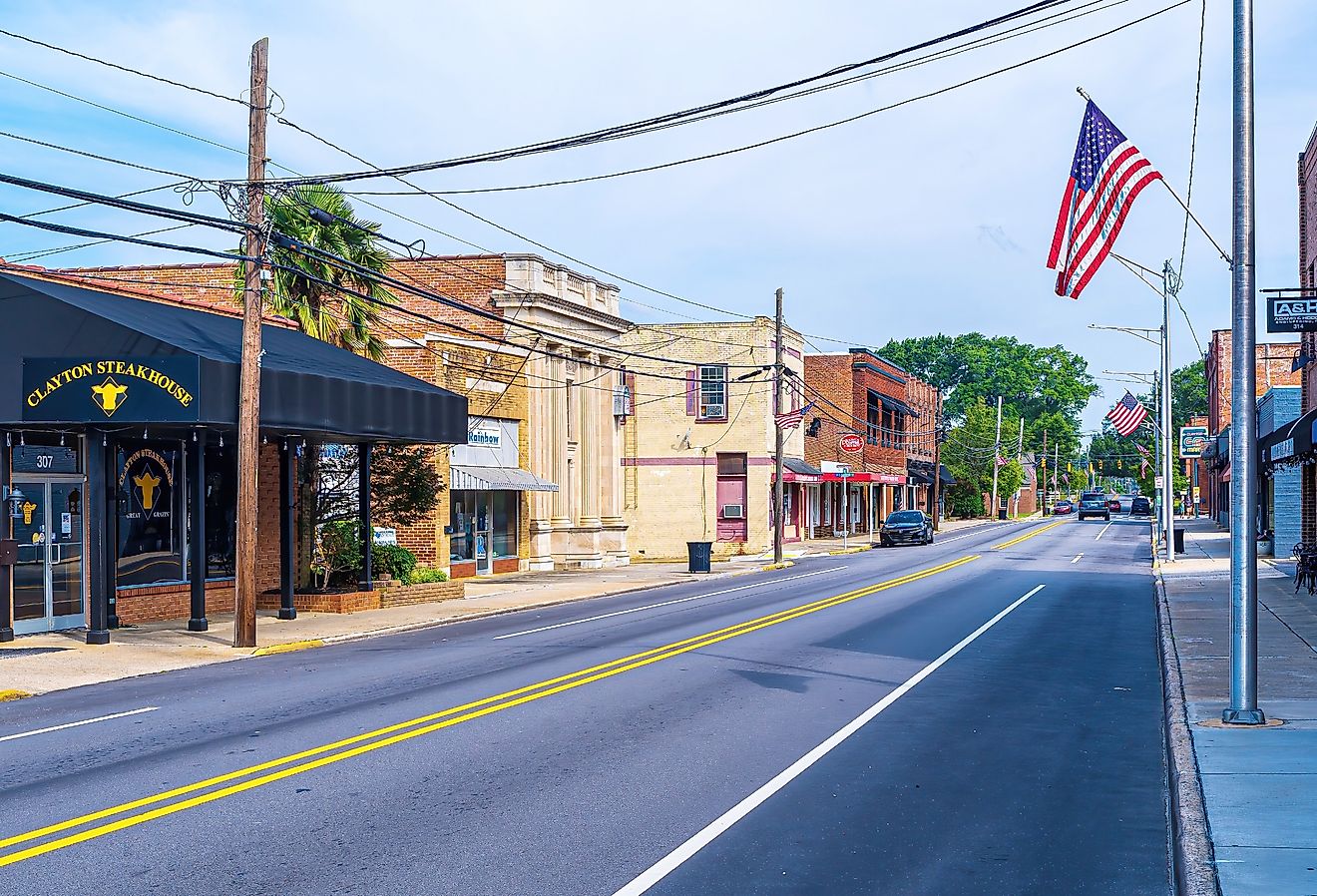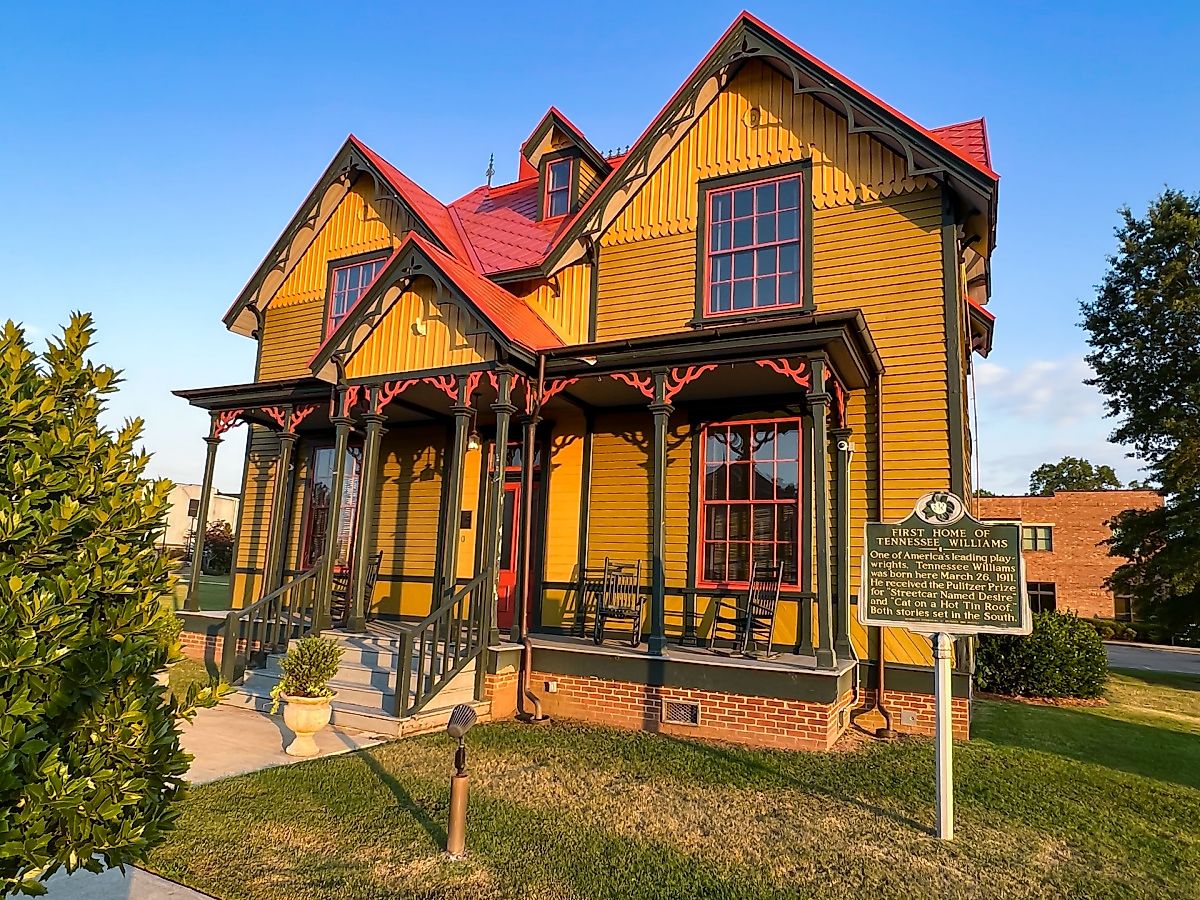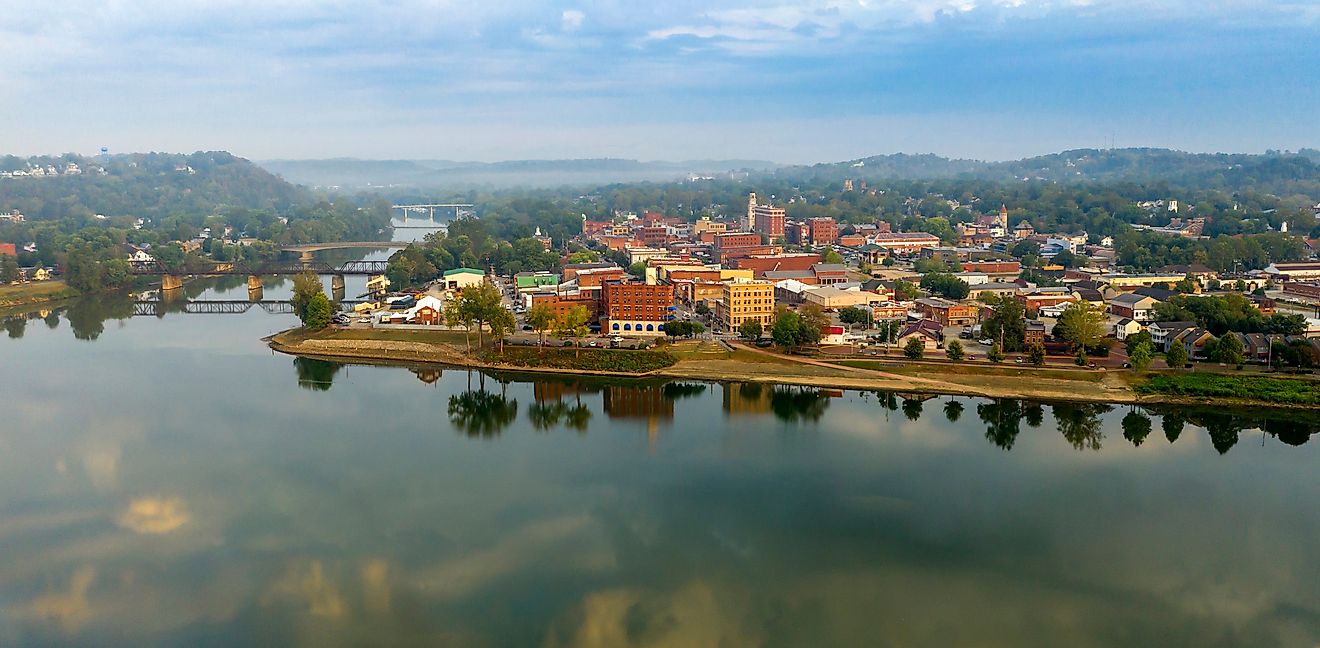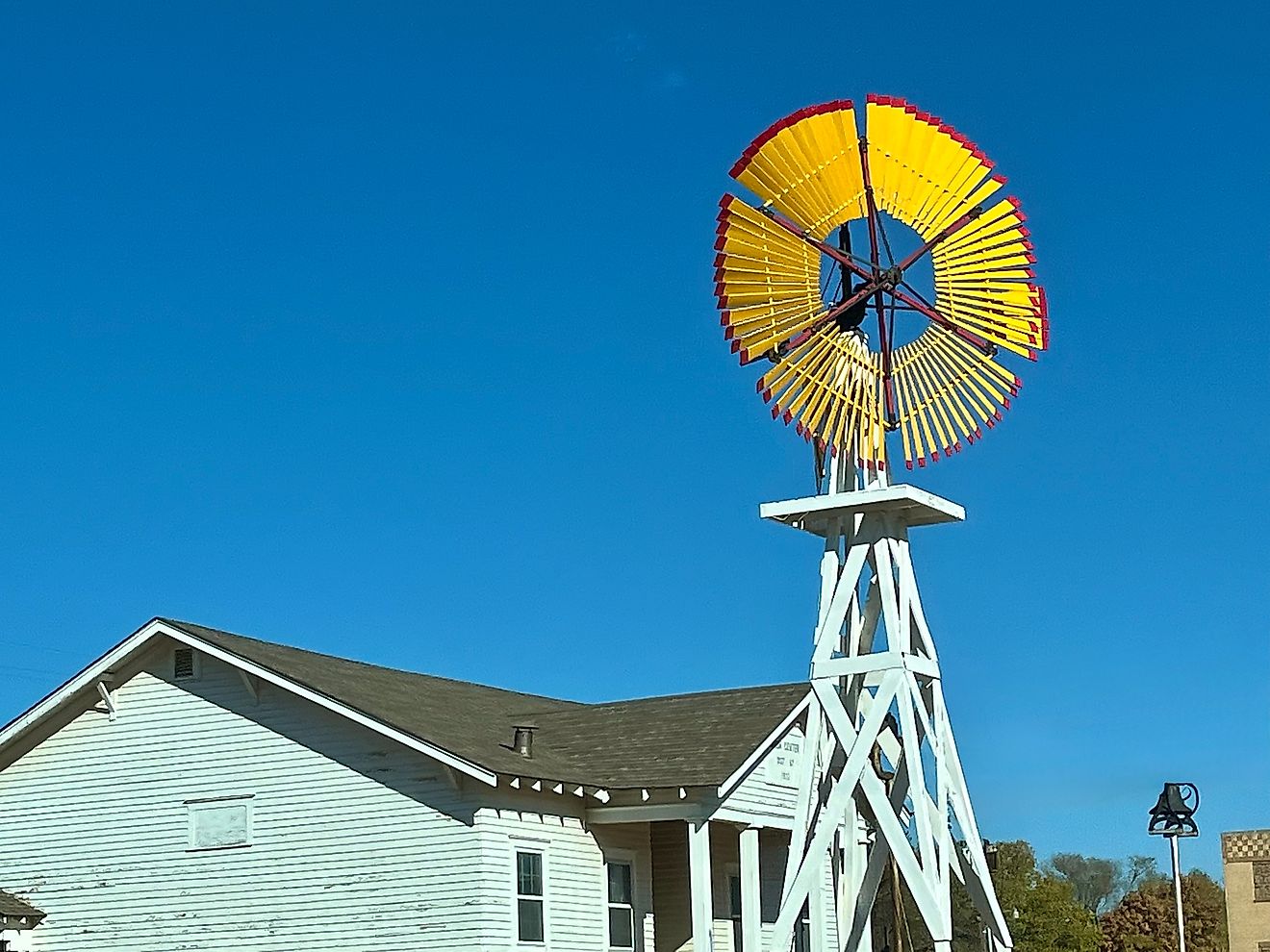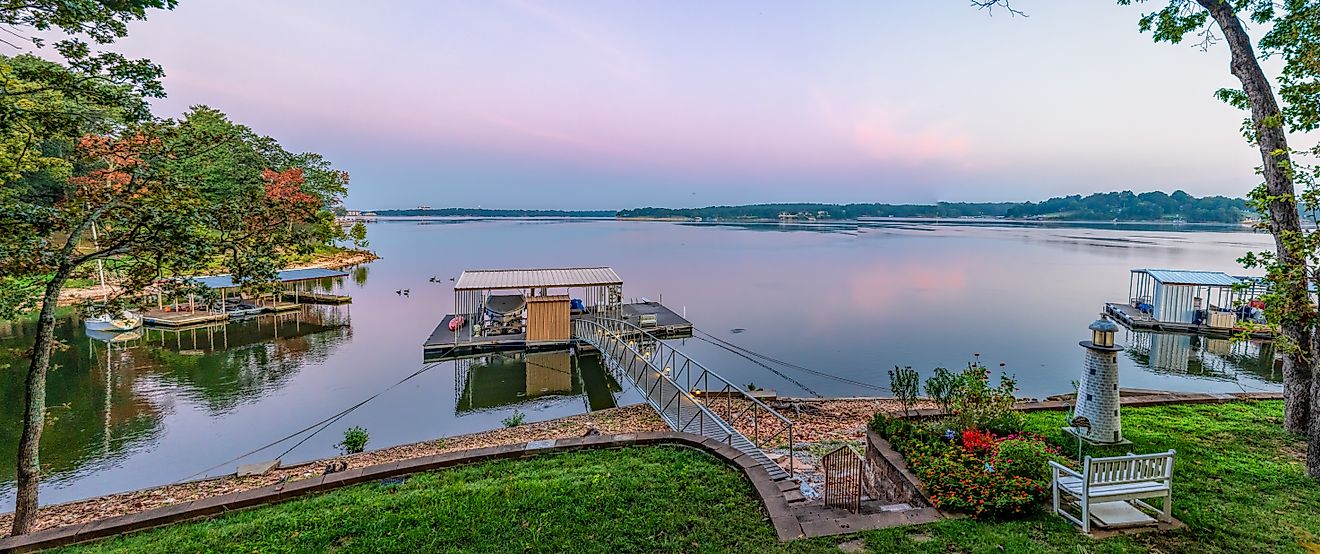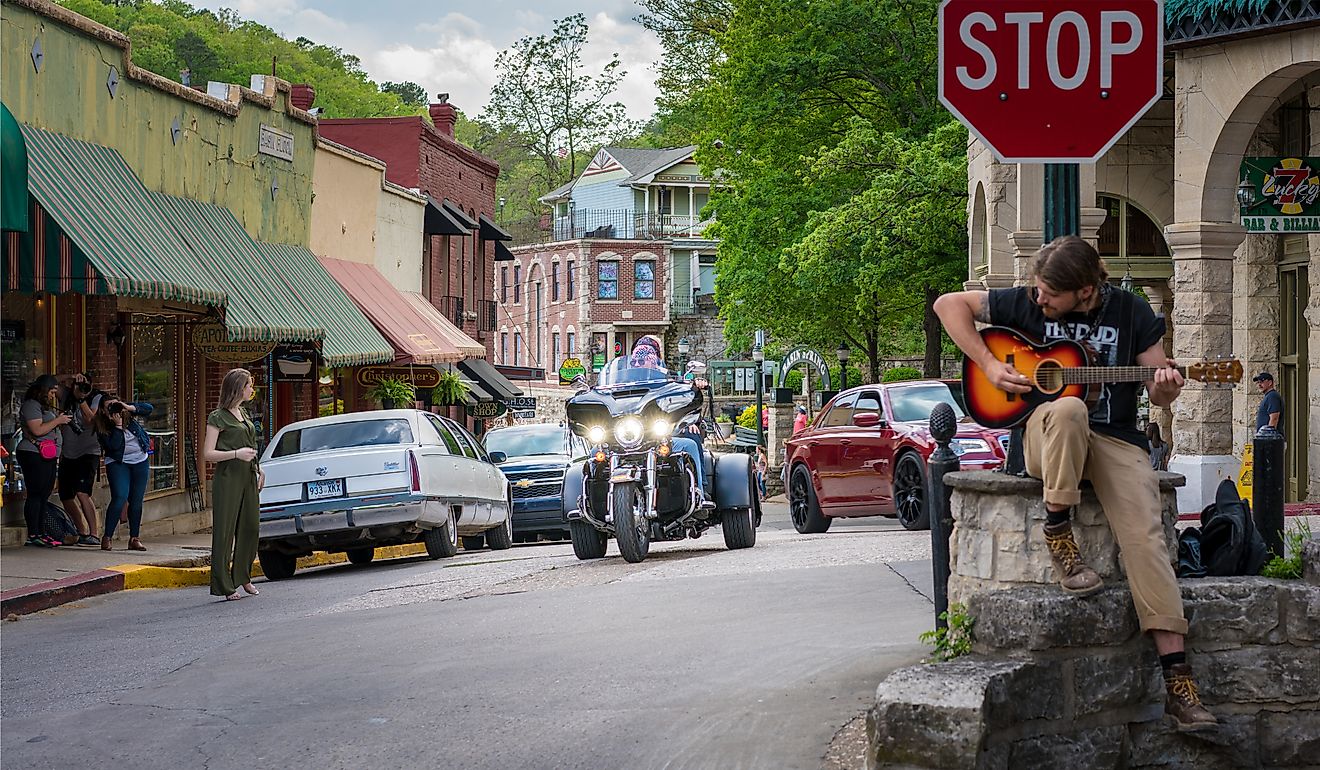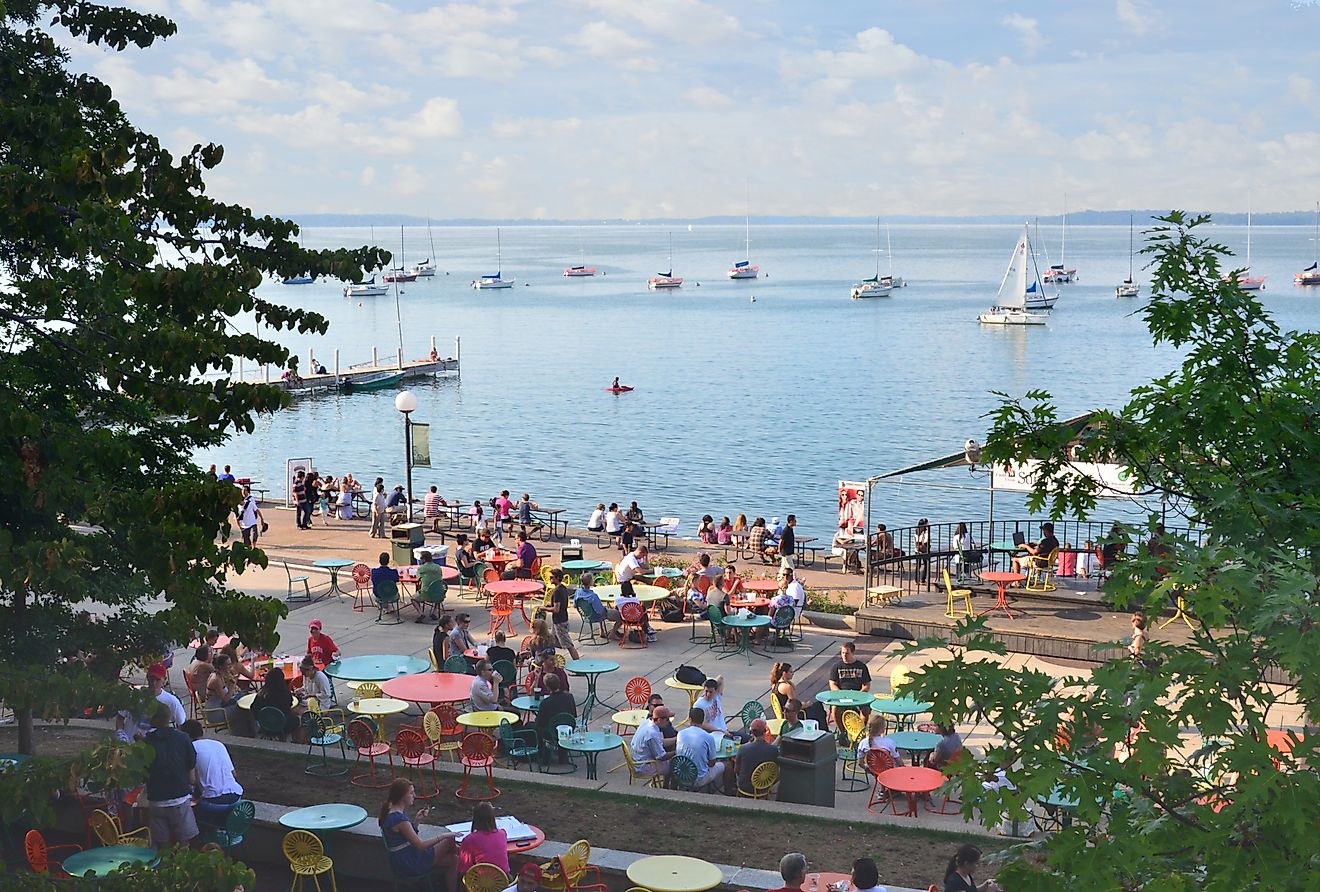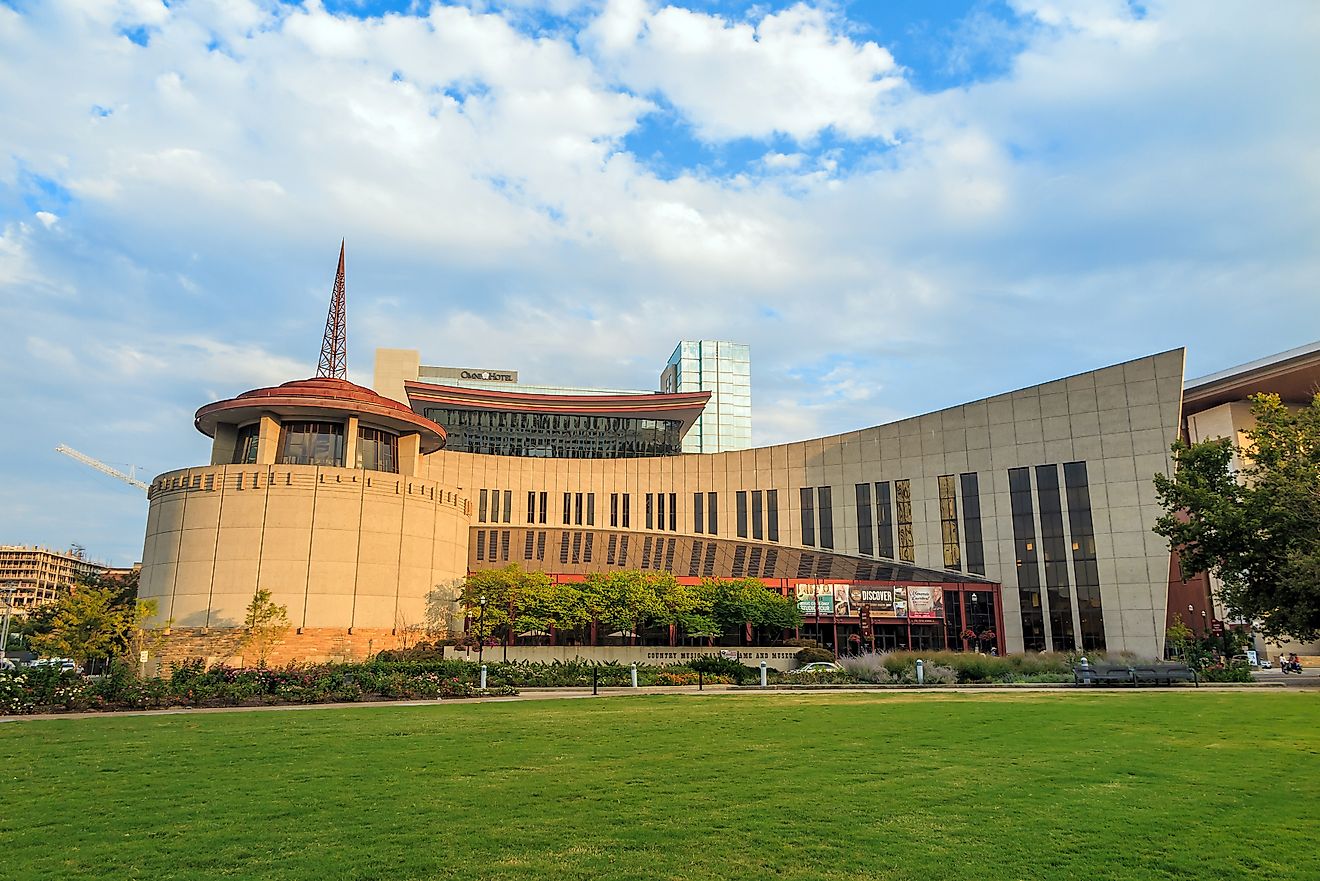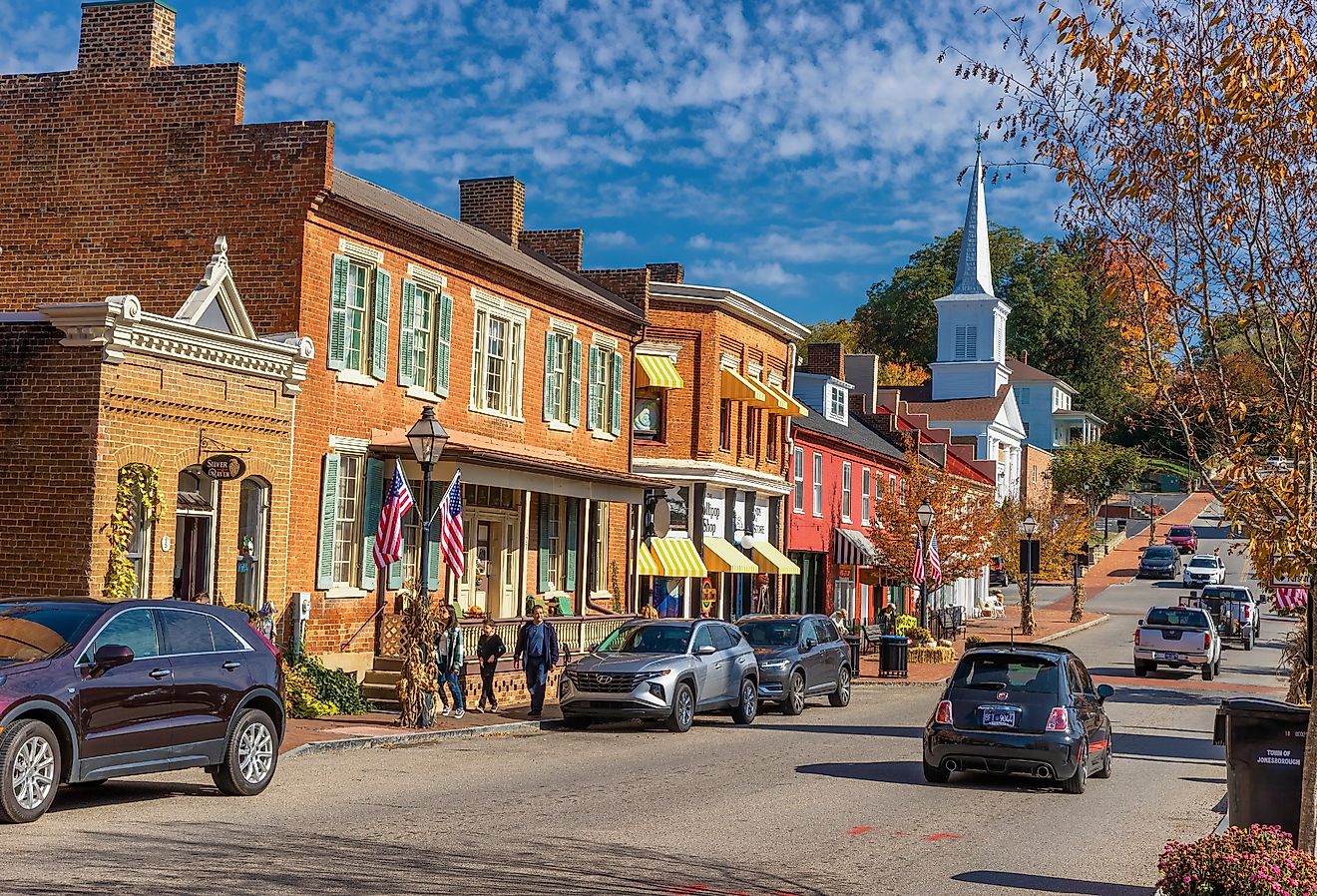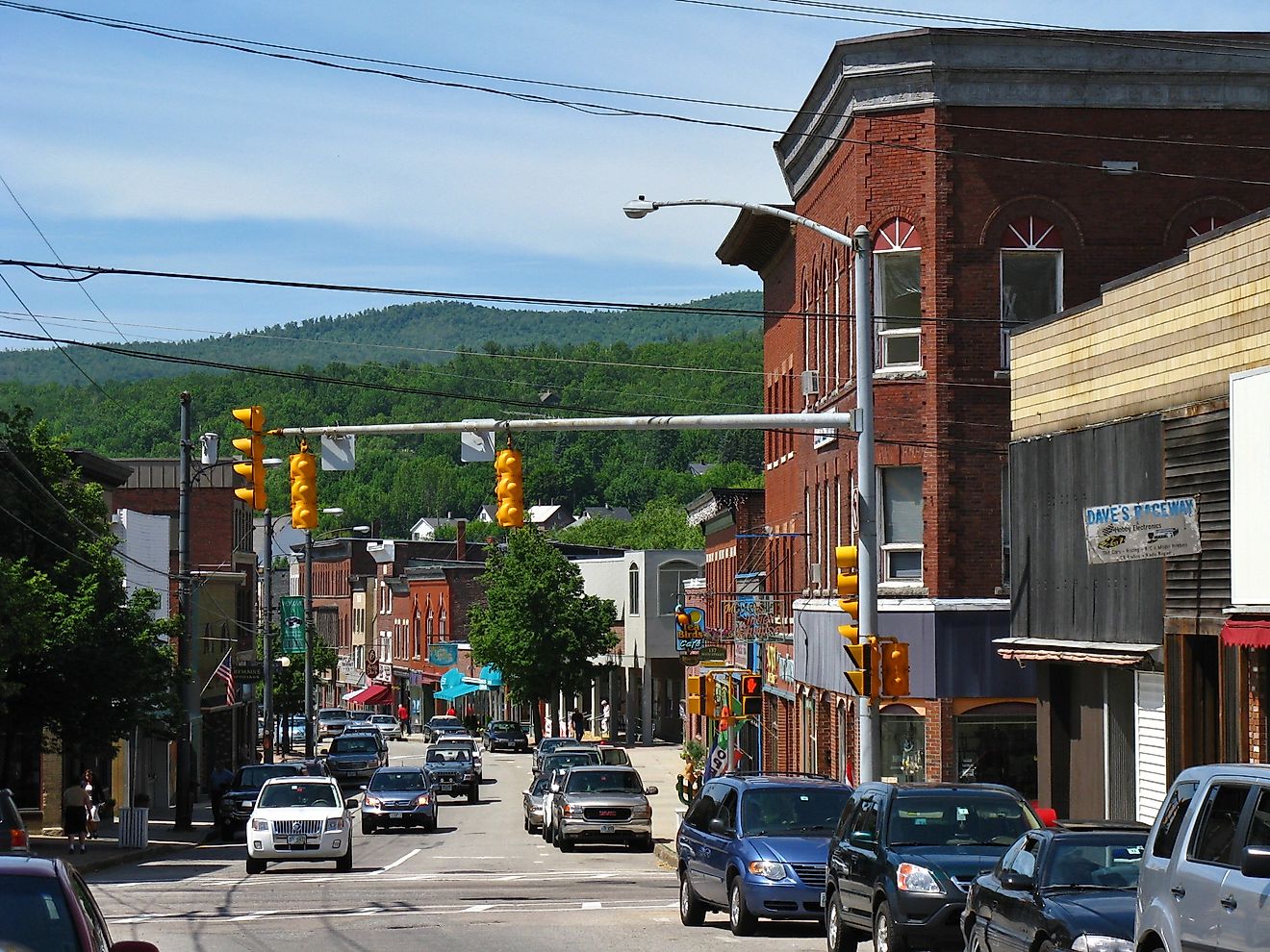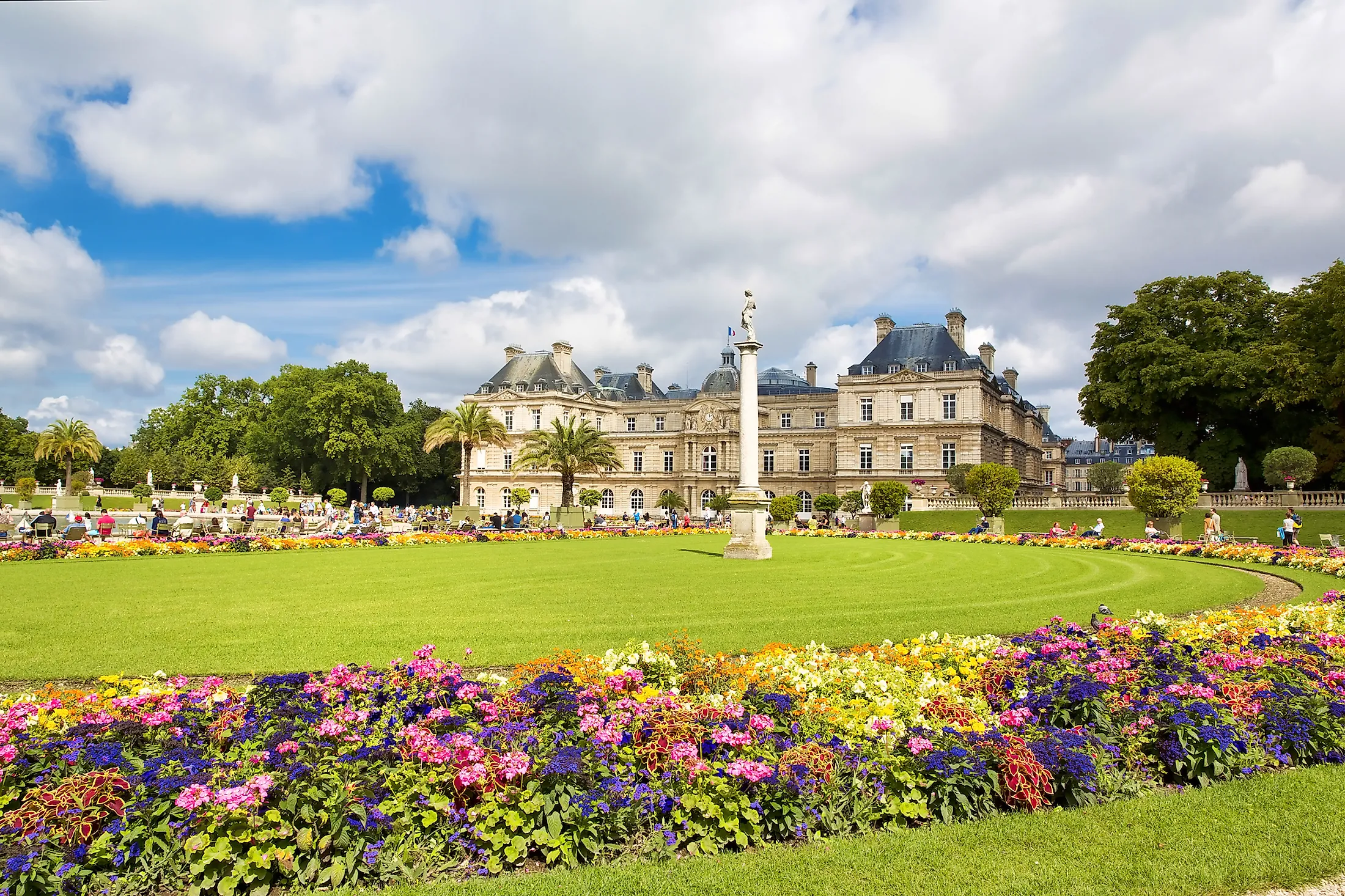
Luxembourg Gardens
Luxembourg Gardens, or The Jardin du Luxembourg, is an urban park in Paris, France. Dating as far back as 1612, Luxembourg Gardens features beautiful old buildings and villas alongside manicured gardens and open green spaces. It offers a true oasis in the heart of the city, and is popular with both locals and tourist
History
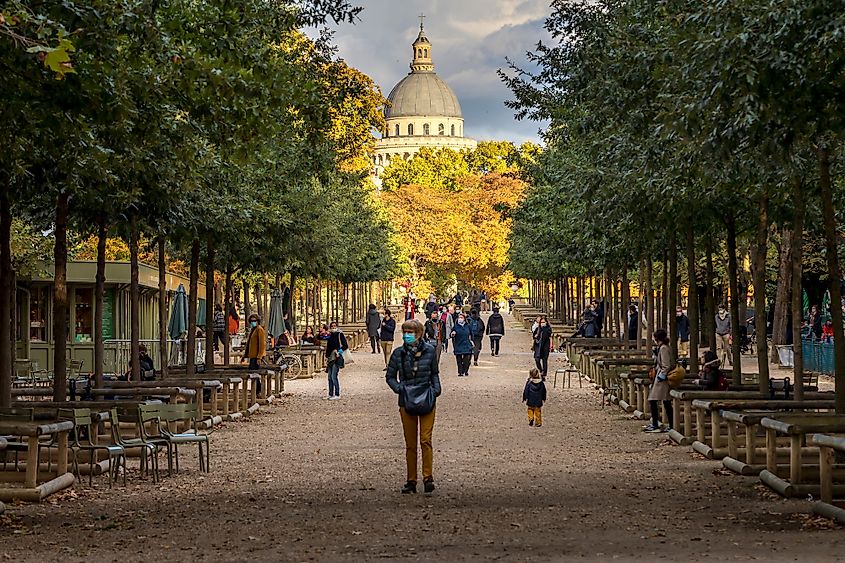
The widow of Henry IV, Marie de’ Medici, purchased the Hôtel du Luxembourg in 1611 with the intent of building a palace in the style of Pitti Palace in her home city, Florence. A year later, in 1612, work began on the gardens, including the planting of 2,000 elm trees and the design of several cultivated gardens. At this time, the garden was much smaller than it is today.In 1630, de’ Medici purchased additional land, and expanded her garden to 30 hectares. Little changed, and in fact little maintenance was done to the gardens through to 1780, at which point the Comte de Provence (who would become Louis XVIII) sold a portion of the garden for real estate.
However, due to the French Revolution, the garden was actually expanded to 40 hectares (by stealing land from an old monastery) and the garden underwent a restoration process. The nursery garden of the Carthusian order, and the old vineyards, were kept and maintained after their confiscation. 1848 saw the addition of various statues, which over time grew to include queens and prominent French women, and then later artists and writers.
Paris underwent a remodel in 1865, which required some adjustments in the park, as well. Due to the construction of new roads, the park lost some 7 hectares, and the Medici fountain was dismantled, moved, and reassembled with the addition of the long basin. Additionally, new gates were added to the entrance of the park. In the late nineteenth century, the garden also included a marionette theater, music kiosk, greenhouses, an apiary, an orangerie, rose garden, and fruit orchard.
What Is In The Park?
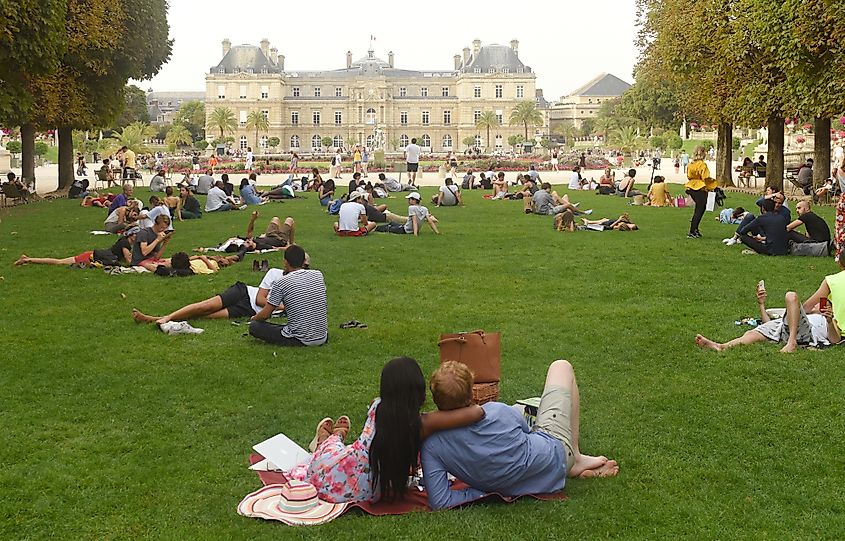
The park itself is mainly green spaces. The majority of it is lawns and greenery, with various gardens, from rose gardens to shrubberies and tree-lined walkways. The park also includes the Grand Bassin, a prominent fountain in the centre of the park, as well as the fountain Medicis, which is the original Medici fountain. In addition to these, there are several facilities in the park which include two tennis courts and a basketball court, the Musee du Luxembourg (museum), the palais du luxembourg (original palace) as well as the original music kiosk and early terraces and pavilion. The park has been a well loved and prominent fixture in Paris for many centuries.
It also has a long history of being used as a setting or reference in various forms of popular culture throughout the years. The gardens were the meeting place of primary characters Marius Pontmercy and Cosette in Victor Hugo’s classic tale Les Misérables, and also featured in the novel The Counterfeiters by 1920s author André Gide. Other books that reference the garden include The Ambassadors, by Henry James, and Sanctuary by William Faulkner.
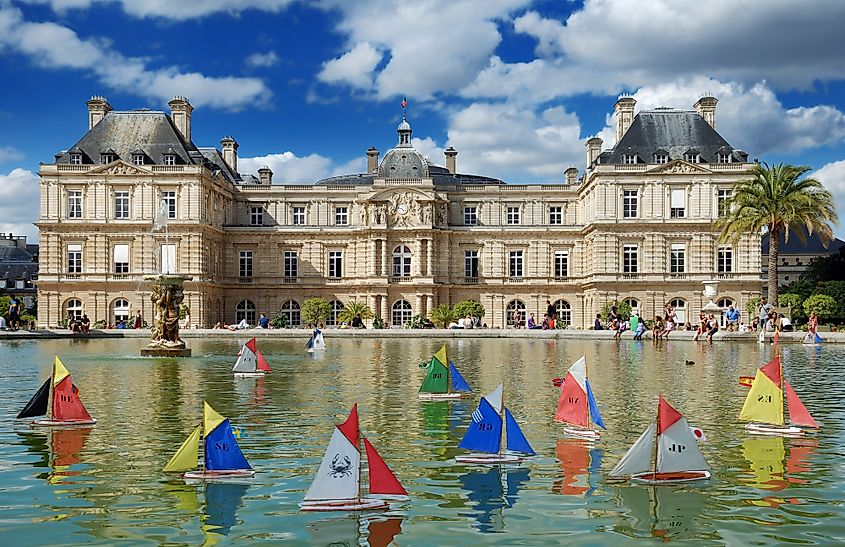
The gardens have also been used or referenced in music through the decades. In 1976, Joe Dassin released an album titled Le Jardin du Luxembourg, and Tame Impala used an image of the garden as the cover for their album Lonerism. Similarly, the band The Ghost of a Saber Tooth Tiger has a song title with the garden’s name. Even video games have referenced these iconic gardens, with historical adventure game Assassin's Creed Unity using the gardens and palace as a setting for one of the missions.
Since the early 1600s, the Luxembourg Gardens have been a place of beauty and peace amidst the growing and ever changing city of Paris. From a Palace villa to an urban park, the area has maintained its charm and history, offering a true oasis in the heart of beloved Paris.
